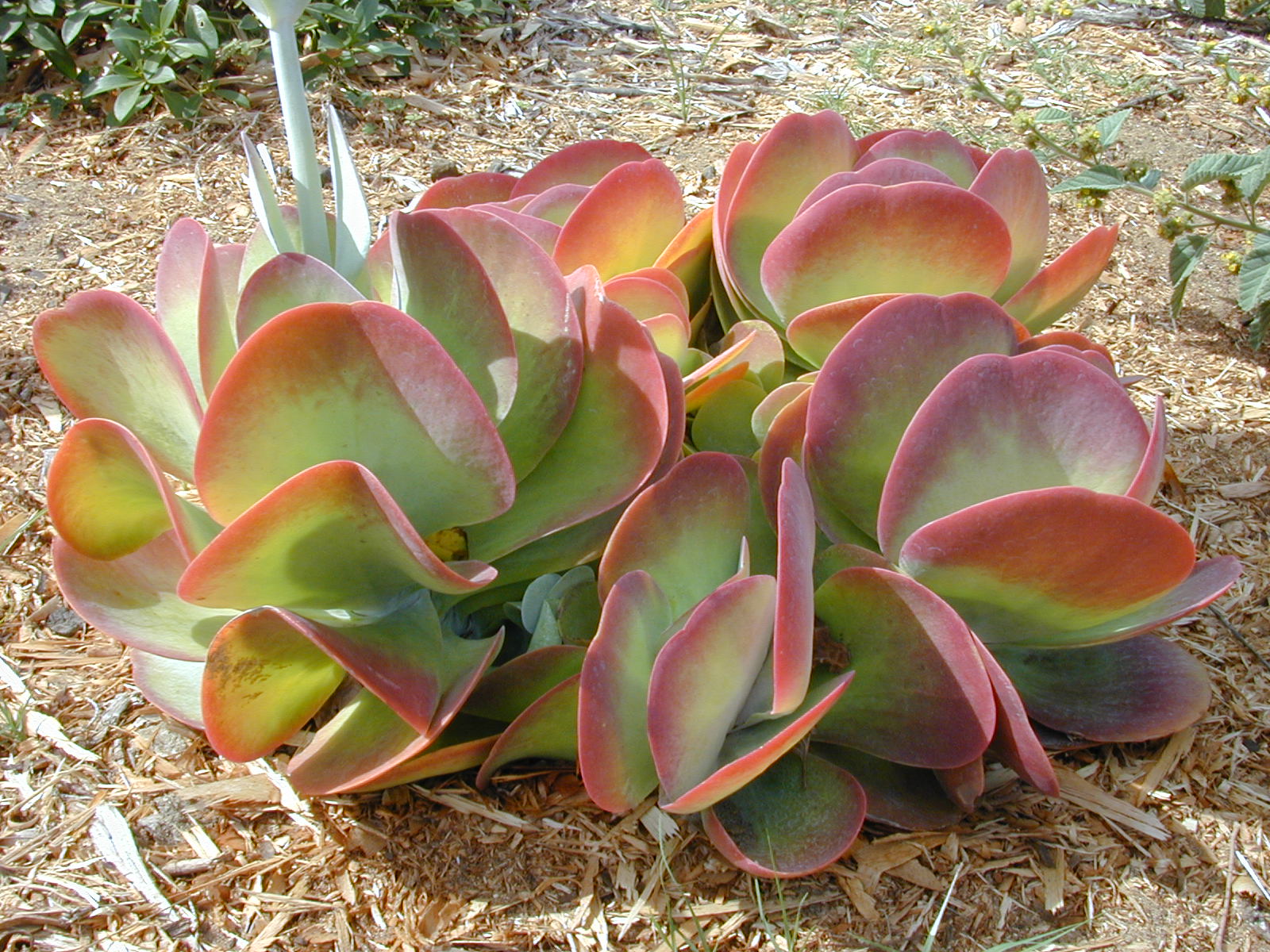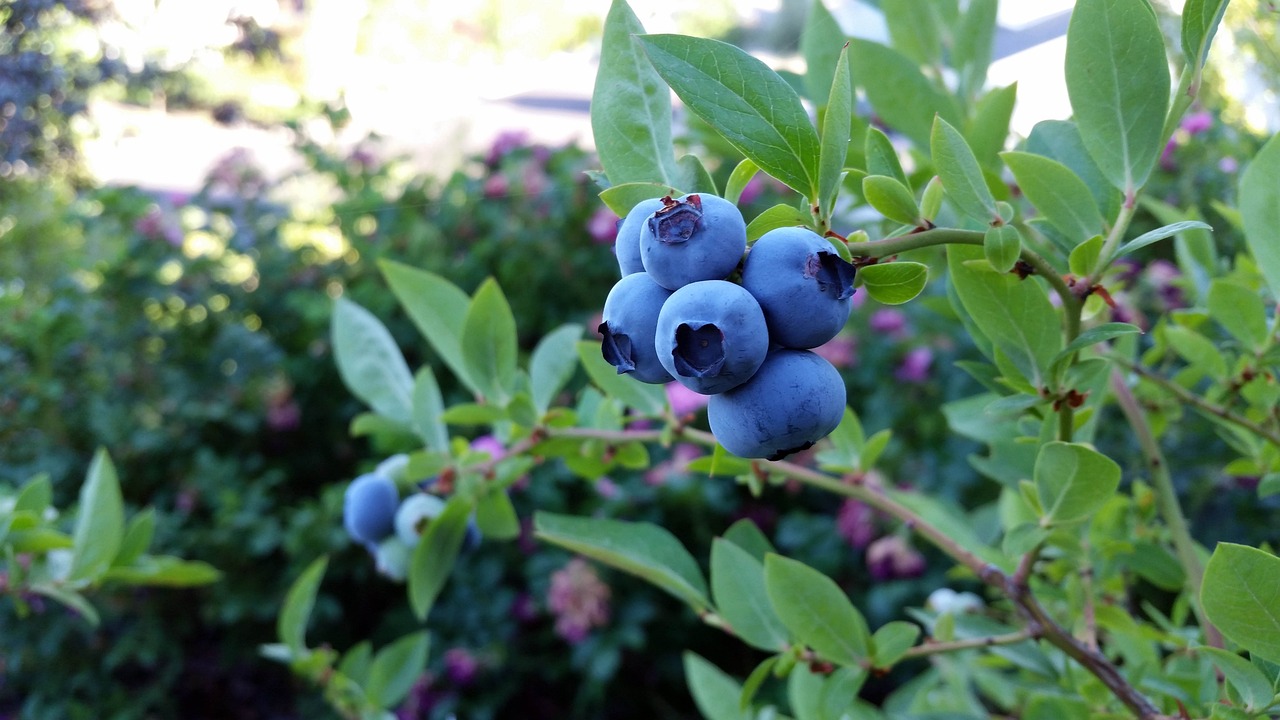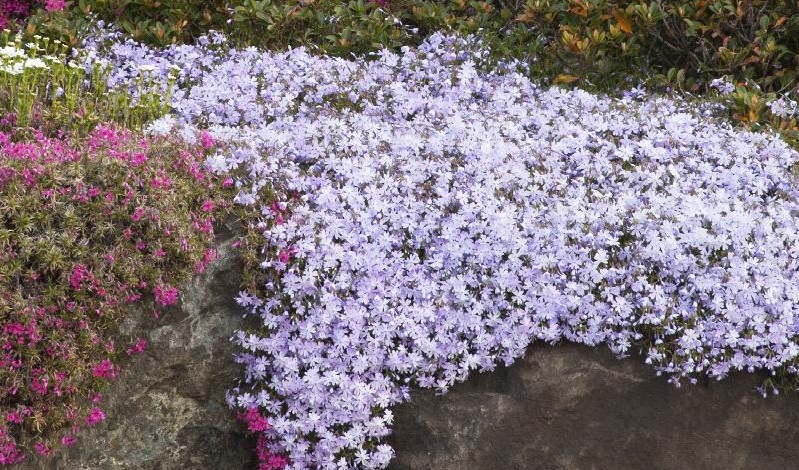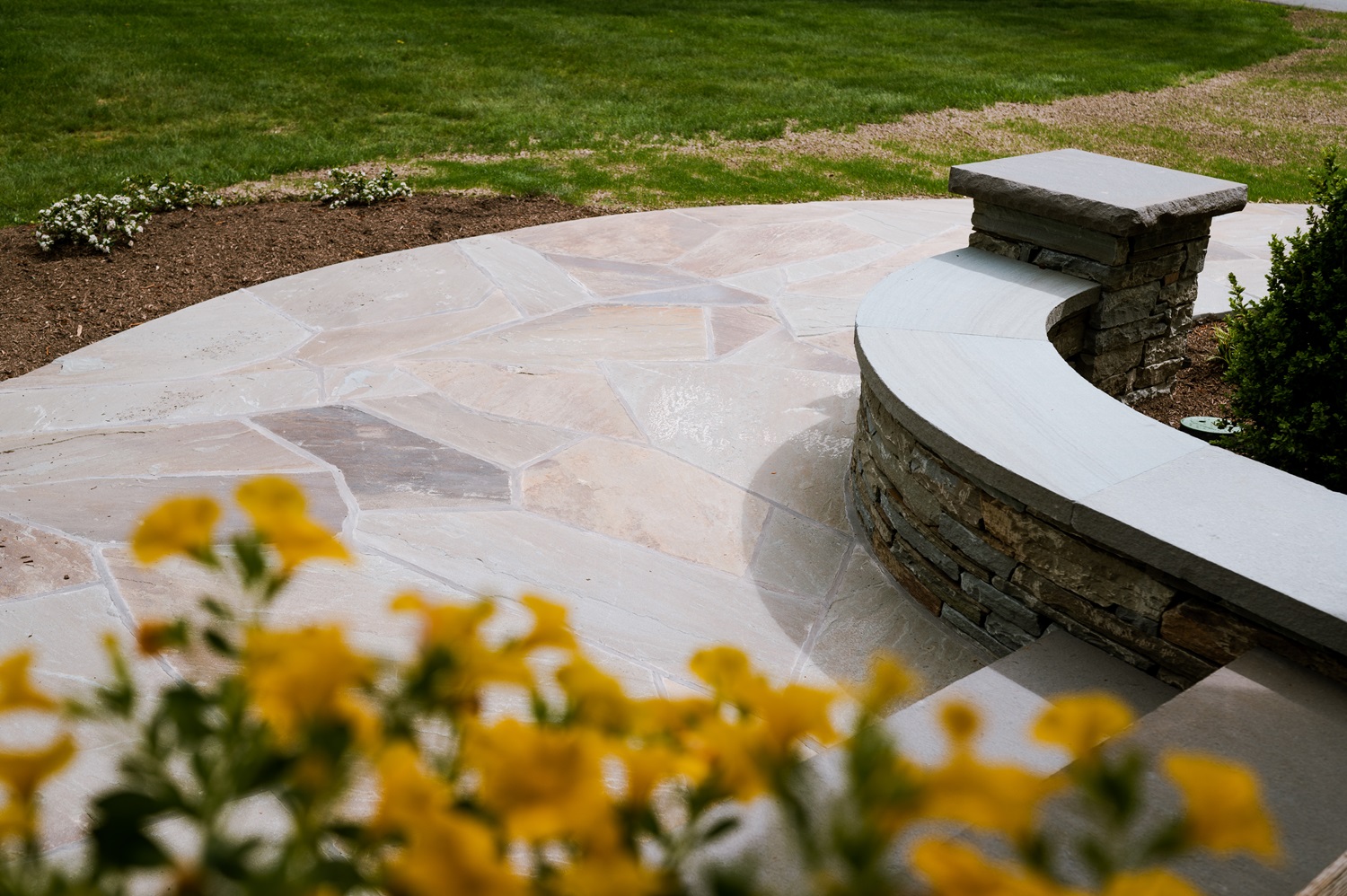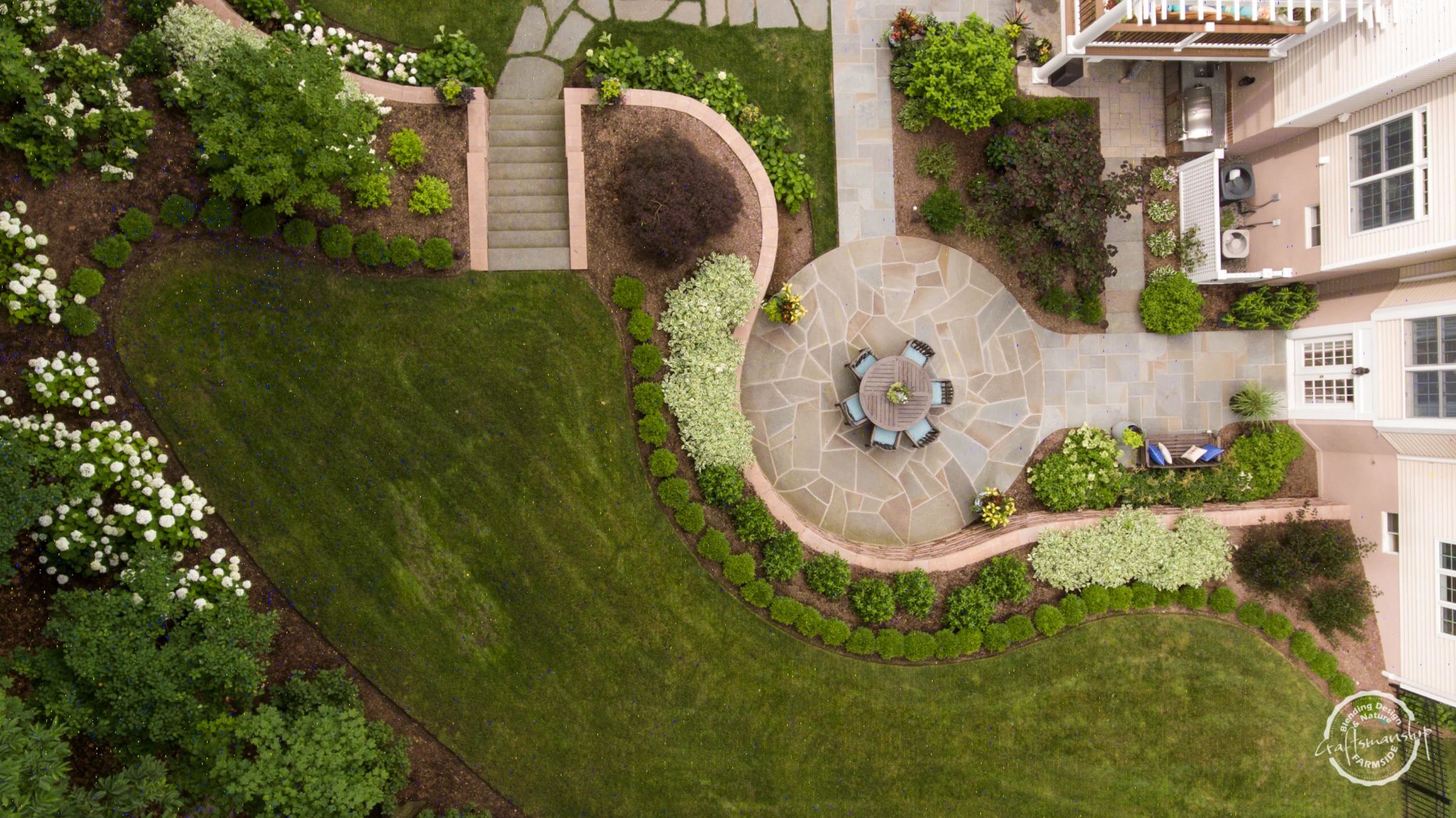Variegated plants can be real showstoppers in the garden, with leaves that are multi-colored and not solid green. Variegations can include color around the leaf’s edge, speckles throughout the leaf, larger paint-splash spots of color, and an endless variety of patterns. The alternate color can be a lighter green, gold, pink, red, purple – even white.
Chlorophyll gives plants their green color and is necessary for photosynthesis, the process in which plants convert sunlight into energy. One common reason for variegation is that other pigments such as anthocyanins mask the plant’s green pigments. This can occur on the whole leaf, causing it to be a reddish-purplish hue or to create zonal markings. Genetic mutations can cause other variegations, where two different chromosomes exist in a single plant, allowing some plant tissue to produce chlorophyll while other tissue cannot. This can be inherited (genetic) or occur randomly (chimeric). In genetic cases, the color change will remain stable if the plant is propagated.
Because of the smaller amounts of chlorophyll in variegated plants, they need more light than non-variegated plants. Interestingly, if variegated plants don’t get enough light, they can respond by creating more chlorophyll, turning the two-toned leaves all green. On the other end of the spectrum are plants that produce albino growth. Sometimes a plant will produce albino tissue in new growth. If this happens, the plant will eventually die off since it won’t be able to photosynthesize. In general, along with needing more light, variegated plants tend to have smaller leaves, are slower growing, don’t tolerate shade well and burn easily in hot sun.
Variegated plants are not that common in nature, since their need for more light can make it difficult for them to thrive, however, it seems that such patterned leaves have the advantage of being better camouflaged, and that this outweighs the disadvantage of reduced photosynthesis in certain settings. According to Thomas Givnish of the University of Wisconsin, the camouflage of patterned leaves makes the plants less likely to be eaten by herbivores (Functional Ecology, Vol. 4, p 463).
Botanists have known that variegated and mottled leaves can be found in tropical woodlands as part of the forests’ understory. Animals without color vision such as deer and other vertebrate herbivores can’t spot variegated leaves against the sun-dappled forest floor since the mottled leaves disrupt the outline of the leaves, making them harder to find.
Recent studies have shown that in the northern areas of the U.S., mottled and variegated leaves occur almost exclusively on plants of the forest floor. These plants live in conditions where avoiding being eaten is more important than efficient photosynthesis.
Ready to try some variegated plants in your garden? Here are some we love:
- Bishop’s Weed (Aegopodium podagraria “Variegatum”) Variegatum – Has foliage that is light green with creamy white margins. Plants may revert back to all green leaves. To retain the variegated form, remove any growth that reverts.
- Hosta (Hosta “Grand Tiara”) – A rugged variety with good sun tolerance, its leaves have a wide gold margin giving the effect of a golden yellow leaf with a center splash of green. The width of the margin is variable with exposure and season.
- Houttunynia (Houttuynia cordata “Chameleon”) – A great ground cover for shady areas, it produces tiny white blooms much like a strawberry.
- Variegated Greater Periwinkle (Vinca major “Variegata”) – Does well in even the most inhospitable of spots in the landscape. A large-leafed evergreen, Vinca grows equally well in full sun or deep shade. The quarter-sized flowers appear in late spring. Excellent for sloped areas.
- Flapjacks (Kalanchoe luciae subsp. Luciae “Fantastic”) – A succulent with thick fleshy leaves and gorgeous red edges.
- Bugleweed (Ajuga reptans “Burgundy Glow”) – Beautiful variegated leaves with blue panicles. Blooming is scattered in fall and summer, but profuse in spring. The younger leaves are an intense pink, especially in cool temperatures.
- Variegated Deatzia – A mounding shrub with marbled cream and green leaves. In spring, bell-shaped, white blossoms appear on arching stems.
- Variegated Weigela – A gracefully arching shrub with green, oval leaves edged in creamy white. Dense, funnel-shaped pink flowers bloom from late spring into early fall that hummingbirds love.
- Ice Dance Sedge – This ground cover produces a lush mound of slender, bright green leaves with strong creamy white margins. Spreads gently by rhizomes, creating a dense mat of foliage. Semi-evergreen.
- Jack Frost Brunneria – 2012 Perennial Plant Association’s Plant of the Year. Gorgeous frosted and veined heart-shaped leaves, with bright blue Forget-me-not blooms in the spring.
Photo credit for all images contained in the post – Unsplash

